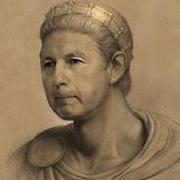IGNORED
RANT: I'm sick and tired of the USGA manipulating course par for their championships
Note: This thread is 3301 days old. We appreciate that you found this thread instead of starting a new one, but if you plan to post here please make sure it's still relevant. If not, please start a new topic. Thank you!
-
Topics Being Discussed Right Now on The Sand Trap
-
- 13 replies
- 427 views
-
"5 Minutes Daily" Practice Challenge 1 2 3 4 845
By iacas, in Instruction and Playing Tips
- 5 minutes daily
- dedication
- (and 6 more)
- 15,200 replies
- 920,446 views
-
- 33 replies
- 2,054 views
-
- 5,319 replies
- 580,884 views
-
- 121 replies
- 14,317 views
-








Recommended Posts
Create an account or sign in to comment
You need to be a member in order to leave a comment
Create an account
Sign up for a new account in our community. It's easy!
Register a new accountSign in
Already have an account? Sign in here.
Sign In Now